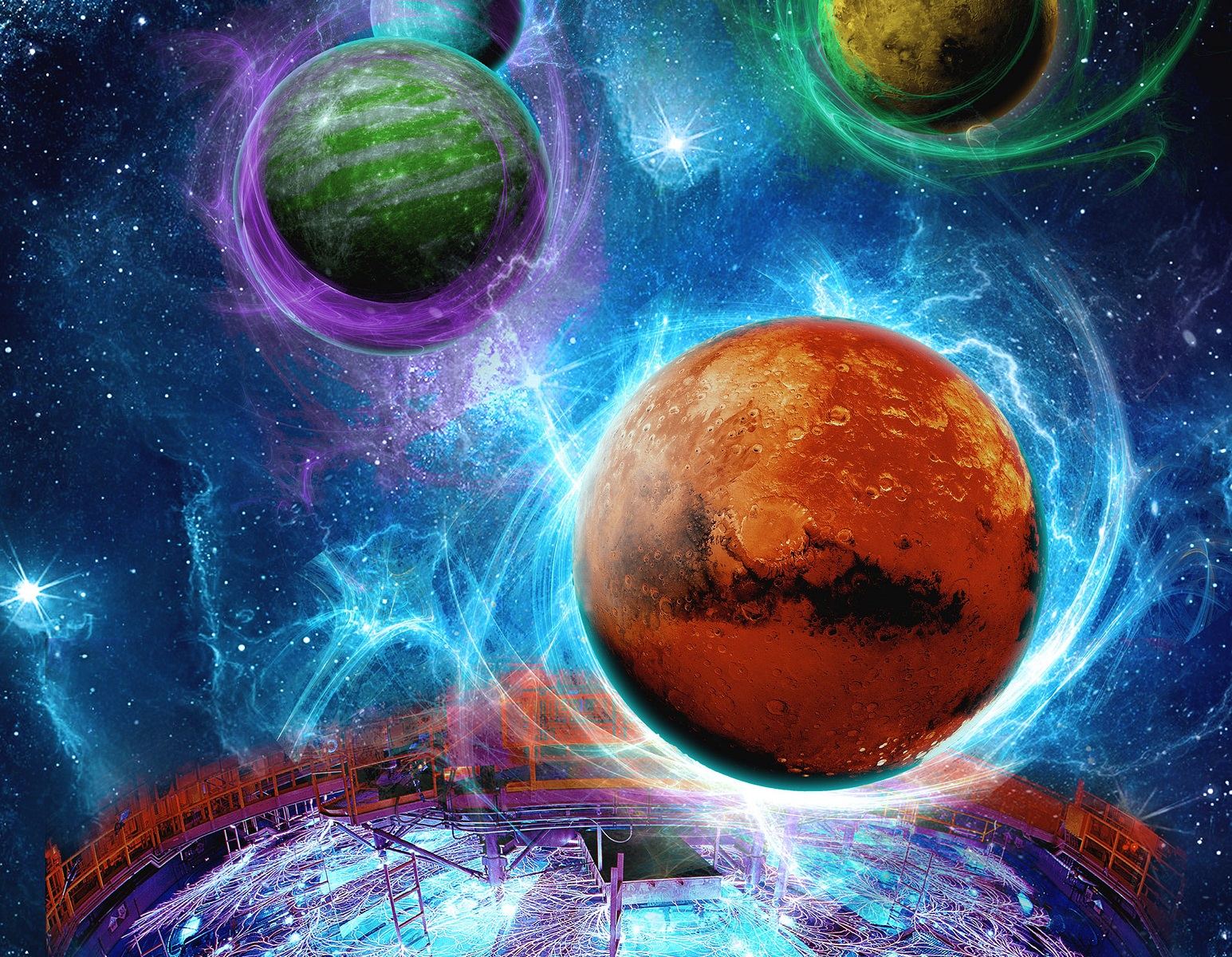Testing is one of the unsung steps in the engineering process. Talk to any product development engineer, and they will tell you how big of a milestone passing “V&V” – or verification and validation – testing is. Testing is even more critical when you work on equipment meant for the harsh space environment. It is also more challenging to mimic those harsh environments on Earth. Luckily for some of NASA’s more critical upcoming missions, another government agency has a unique test lab to help V&V with some of its most critical components – their heat shields.
Continue reading “Testing Heat Shields for Different Atmospheres”Super-Earth Conditions Simulated in the Lab to Discover if They’re Habitable

Deep inside planet Earth, there is a liquid outer core and a solid inner core that counter-rotate with each other. This creates the dynamo effect that is responsible for generating Earth’s planetary magnetic field. Also known as a magnetosphere, this field keeps our climate stable by preventing Earth’s atmosphere from being lost to space. So when studying rocky exoplanets, scientists naturally wonder if they too have magnetospheres.
Unfortunately, until we can measure an exoplanet’s magnetic fields, we are forced to infer their existence from the available evidence. This is precisely what researchers at the Sandia National Laboratories did with its Z Pulsed Power Facility (PPF). Along with their partners at the Carnegie Institution for Science, they were able to replicate the gravitational pressures of “Super-Earths” to see if they could generate magnetic fields.
Continue reading “Super-Earth Conditions Simulated in the Lab to Discover if They’re Habitable”
